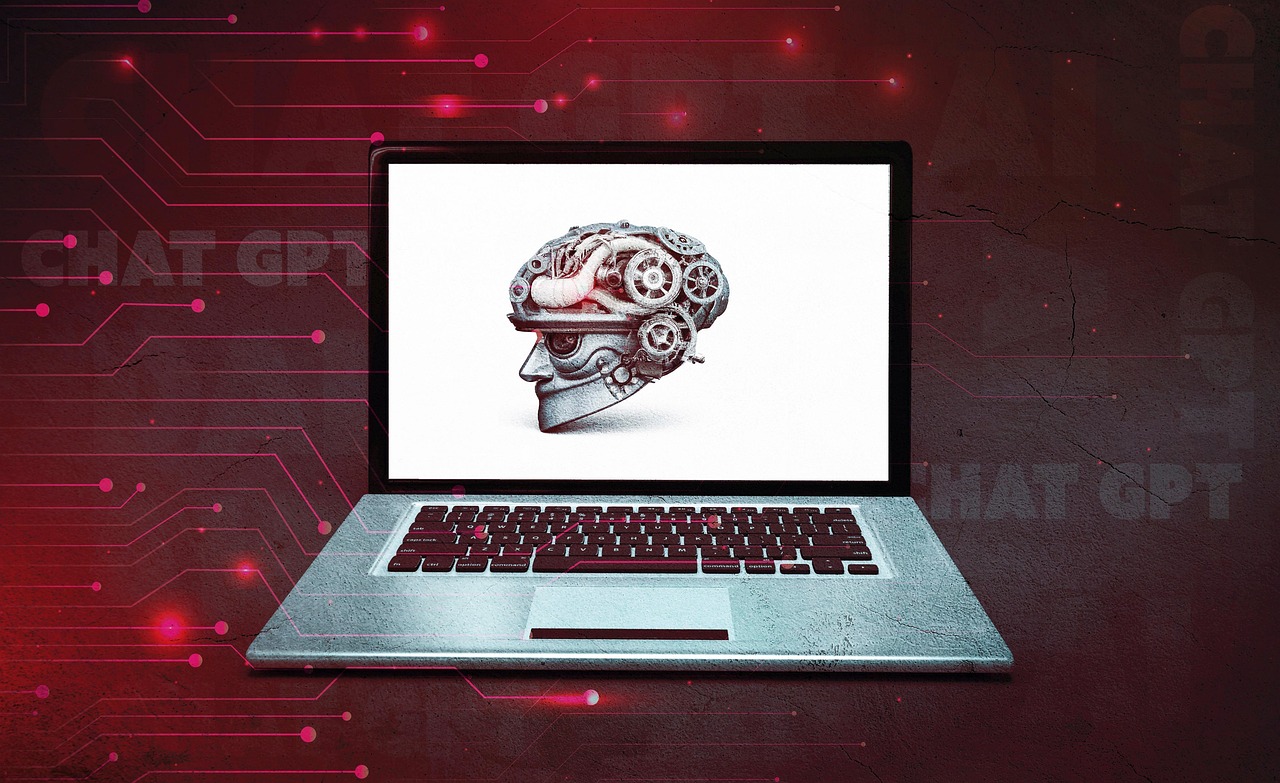Large Language Models (LLMs) are rapidly transforming how we interact with technology and information. From powering sophisticated chatbots to generating creative content, these powerful AI systems are reshaping industries and redefining the possibilities of artificial intelligence. This article provides a comprehensive overview of LLMs, exploring their capabilities, architectures, applications, and the future they hold.
What are Large Language Models?
Definition and Core Concepts
Large Language Models are a type of artificial intelligence model trained on massive datasets of text and code. They use deep learning techniques, primarily based on the Transformer architecture, to understand, generate, and manipulate human language. The “large” in their name refers to the sheer scale of their parameters, which can range from millions to hundreds of billions, allowing them to capture intricate patterns in language.
- Key Characteristics:
Scale: Trained on massive datasets, often including the entire internet and extensive code repositories.
Transformer Architecture: Utilizes attention mechanisms to weigh the importance of different parts of the input sequence.
Generative Capabilities: Can generate new text, translate languages, write different kinds of creative content, and answer your questions in an informative way.
Contextual Understanding: Can understand and maintain context over long sequences of text.
How LLMs Work: A Simplified Explanation
At their core, LLMs work by predicting the next word in a sequence. This is achieved through a process called “self-supervised learning.” They are fed vast amounts of text and learn to predict the subsequent word based on the preceding words. Through this process, they develop a complex understanding of grammar, vocabulary, semantics, and even common-sense knowledge. The Transformer architecture plays a vital role in this process. It allows the model to focus on the most relevant parts of the input when making predictions, enabling a deeper understanding of context and relationships between words.
- Example: If you input the phrase “The cat sat on the,” the LLM will analyze the context and predict the next word is most likely “mat.”
- Practical Application: This ability to predict the next word is the foundation for many applications, including:
Text generation (e.g., writing articles, poems, code)
Machine translation
Chatbots and conversational AI
Summarization
LLM Architecture and Training
The Transformer Revolution
The Transformer architecture, introduced in the 2017 paper “Attention is All You Need,” revolutionized the field of natural language processing. Unlike previous recurrent neural networks (RNNs), Transformers rely on attention mechanisms to process the entire input sequence simultaneously. This allows for parallel processing, significantly speeding up training and enabling LLMs to handle longer sequences of text.
- Attention Mechanism: This is the key innovation. It allows the model to focus on different parts of the input sequence when making predictions, effectively “attending” to the most relevant information.
- Encoder-Decoder Structure: Many Transformer-based LLMs use an encoder-decoder structure. The encoder processes the input sequence and the decoder generates the output sequence. Some models, like GPT, use only the decoder.
- Practical Advantage: The Transformer’s parallel processing and attention mechanisms have made it possible to train LLMs with billions of parameters, leading to significant improvements in performance.
Training and Fine-Tuning
Training LLMs is a computationally intensive process that requires vast amounts of data and powerful hardware. The process typically involves two main stages: pre-training and fine-tuning.
- Pre-training: This involves training the model on a massive dataset of text and code, without specific labels or instructions. The goal is to learn the underlying patterns and relationships in the language. This is usually done using self-supervised learning.
- Fine-tuning: Once pre-trained, the model can be fine-tuned for specific tasks, such as question answering, text summarization, or sentiment analysis. This involves training the model on a smaller, labeled dataset that is specific to the desired task. For example, a pre-trained LLM can be fine-tuned on a dataset of customer service conversations to create a chatbot.
- Example: GPT-3 was pre-trained on a massive dataset of internet text and then fine-tuned for tasks like code generation and creative writing.
Applications of Large Language Models
Text Generation and Content Creation
LLMs are capable of generating high-quality text that is often indistinguishable from human-written content. This makes them valuable tools for content creation tasks.
- Blog posts and articles: LLMs can generate entire blog posts or articles based on a given topic or outline.
- Marketing copy: They can create compelling marketing copy for advertisements, websites, and social media.
- Creative writing: LLMs can assist with creative writing tasks such as writing poems, scripts, and stories.
- Example: Jasper.ai is a popular LLM-powered tool specifically designed for generating marketing content.
Chatbots and Conversational AI
LLMs are powering the next generation of chatbots and conversational AI systems. They can understand and respond to natural language queries, providing a more natural and engaging user experience.
- Customer service chatbots: LLMs can handle customer inquiries, provide support, and resolve issues.
- Virtual assistants: They can assist with tasks such as scheduling appointments, setting reminders, and answering questions.
- Educational tools: LLMs can provide personalized learning experiences and answer student questions.
- Example: Many companies are integrating LLMs into their customer service platforms to improve response times and reduce costs.
Code Generation and Software Development
LLMs can generate code in various programming languages, making them valuable tools for software developers.
- Automated code completion: LLMs can suggest code snippets and complete code blocks, saving developers time and effort.
- Code translation: They can translate code from one programming language to another.
- Bug detection and fixing: LLMs can identify and fix bugs in code.
- Example: GitHub Copilot is an AI pair programmer powered by an LLM that helps developers write code more efficiently. It understands context within the code and can provide very helpful suggestions.
Translation and Language Understanding
LLMs excel at translation tasks, providing more accurate and natural-sounding translations than previous machine translation systems.
- Real-time translation: LLMs can provide real-time translation for conversations and meetings.
- Document translation: They can translate large documents quickly and accurately.
- Language learning: LLMs can provide personalized language learning experiences.
- Example: Google Translate uses LLMs to provide more accurate and natural-sounding translations.
Challenges and Limitations
Bias and Fairness
LLMs are trained on massive datasets that may contain biases. These biases can be reflected in the model’s outputs, leading to unfair or discriminatory results.
- Mitigation: Researchers are working on techniques to mitigate bias in LLMs, such as using more diverse training data and developing bias detection and correction algorithms.
- Example: An LLM trained primarily on news articles may exhibit bias towards certain political viewpoints.
Hallucination and Accuracy
LLMs can sometimes “hallucinate” information, generating outputs that are factually incorrect or nonsensical. This is a significant limitation, especially in applications where accuracy is critical.
- Mitigation: Researchers are developing methods to improve the accuracy of LLMs, such as using reinforcement learning and training on more reliable data sources.
- Example: An LLM might generate a fictitious historical event or provide an incorrect answer to a factual question.
Computational Cost and Accessibility
Training and deploying LLMs requires significant computational resources, making them expensive and inaccessible to many organizations and individuals.
- Mitigation: Researchers are working on developing more efficient LLM architectures and training techniques to reduce the computational cost. Cloud-based LLM services are also making LLMs more accessible.
- Example: Training a large LLM can cost millions of dollars in computing resources.
Ethical Concerns
The use of LLMs raises a number of ethical concerns, including:
- Misinformation: LLMs can be used to generate convincing fake news and propaganda.
- Job displacement: LLMs could automate tasks currently performed by humans, leading to job displacement.
- Privacy: LLMs can be used to collect and analyze personal data.
- Actionable Takeaway: It’s crucial to use LLMs responsibly and ethically, considering the potential risks and benefits.
The Future of LLMs
Advancements in Architecture and Training
The field of LLMs is rapidly evolving, with ongoing research focused on improving their architecture, training techniques, and capabilities.
- Sparse models: These models use fewer parameters than dense models, making them more efficient and scalable.
- Multimodal models: These models can process and generate text, images, audio, and video.
- Reinforcement learning from human feedback (RLHF): This technique uses human feedback to fine-tune LLMs, improving their alignment with human values and preferences.
Integration with Other Technologies
LLMs are increasingly being integrated with other technologies, such as:
- Robotics: LLMs can enable robots to understand and respond to natural language commands.
- Internet of Things (IoT): LLMs can analyze data from IoT devices and provide insights and recommendations.
- Augmented Reality (AR) and Virtual Reality (VR): LLMs can power interactive experiences in AR and VR environments.
The Impact on Industries and Society
LLMs have the potential to transform a wide range of industries and aspects of society.
- Healthcare: LLMs can assist with medical diagnosis, drug discovery, and patient care.
- Education: LLMs can provide personalized learning experiences and automate administrative tasks.
- Finance: LLMs can be used for fraud detection, risk management, and customer service.
- Actionable Takeaway: The future of LLMs is bright, with continued advancements promising to unlock even more powerful and beneficial applications.
Conclusion
Large Language Models are a groundbreaking technology with the potential to revolutionize how we interact with information and machines. While challenges and limitations remain, ongoing research and development are constantly pushing the boundaries of what is possible. By understanding the capabilities, applications, and ethical considerations surrounding LLMs, we can harness their power for good and shape a future where AI enhances human capabilities and improves our lives. As LLMs continue to evolve, it’s important to stay informed and engage in thoughtful discussions about their impact on society.




